Frieze Frame’s Sophie Mörner: ‘I don’t like being compartmentalised’
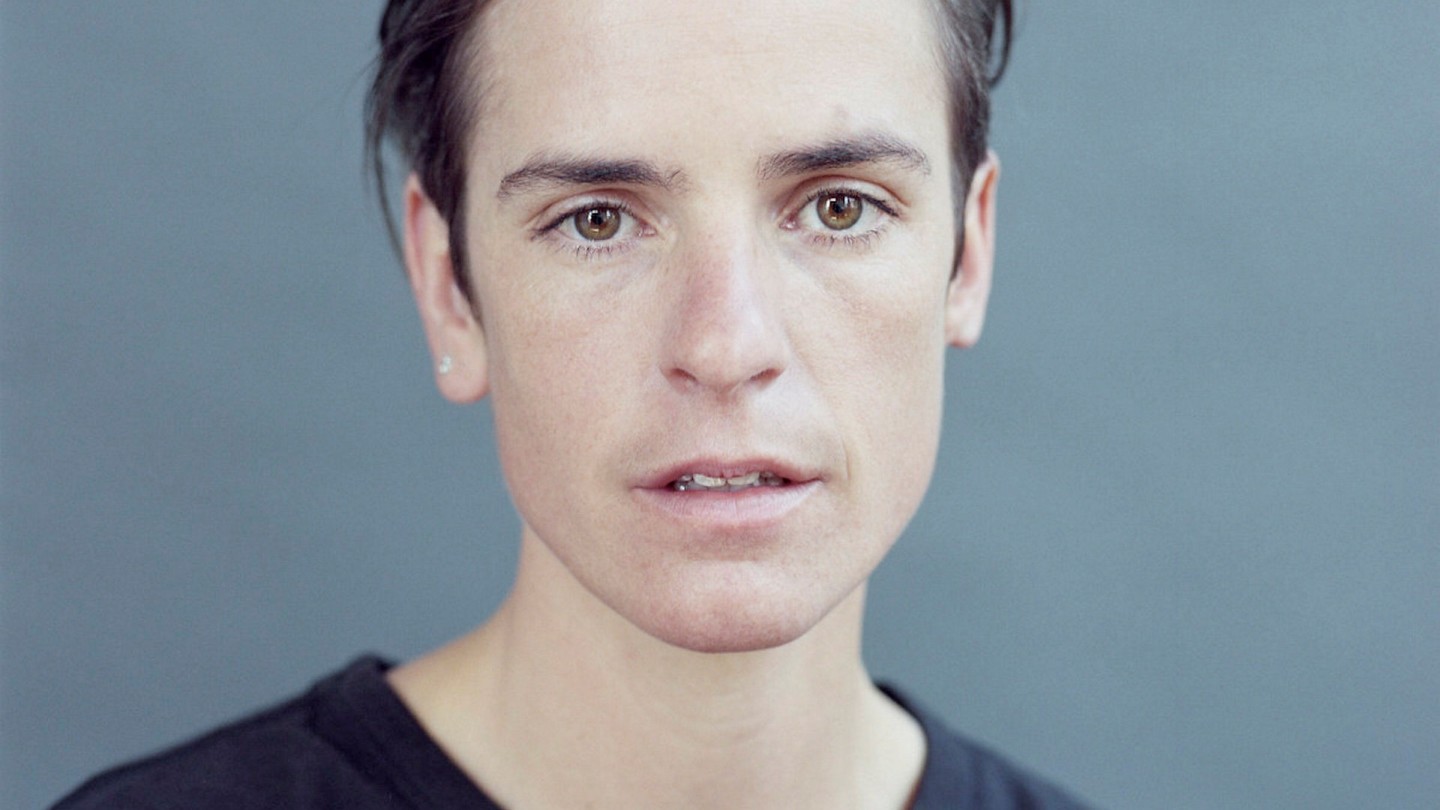
Roula Khalaf, Editor of the FT, selects her favourite stories in this weekly newsletter.
In 2003, Sophie Mörner, a Swedish native fresh out of a photography degree at New York University, started Capricious Magazine, devoted to the work of emerging photographers who were often also women and/or queer. The magazine, which soon expanded into a publishing initiative supporting feminist and queer journals, also spawned a project space in Williamsburg that opened with an exhibition titled An Ode to the Animal. “Our budget was about $500,” Mörner says.
Capricious Space shuttered in 2011, but that was not the end of the story. Three years later, a pair of friends informed her of available space in a Chinatown building. “I really did not want to have a gallery,” she says as we sit in a Lower East Side café. “But when I saw this beautiful space, I thought, ‘I guess I’m going to have a gallery again.’” In 2015, Capricious 88 rebranded as Company Gallery and today represents 14 artists.
Now Mörner has gone from reluctant gallerist to gallery connoisseur as she has helped choose the exhibitors for the Frame section of this year’s Frieze New York fair.
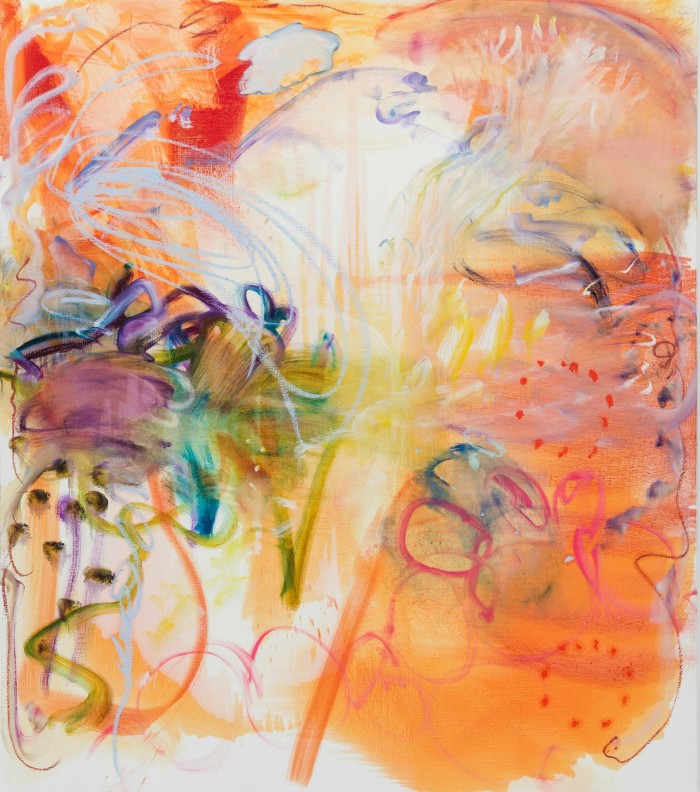
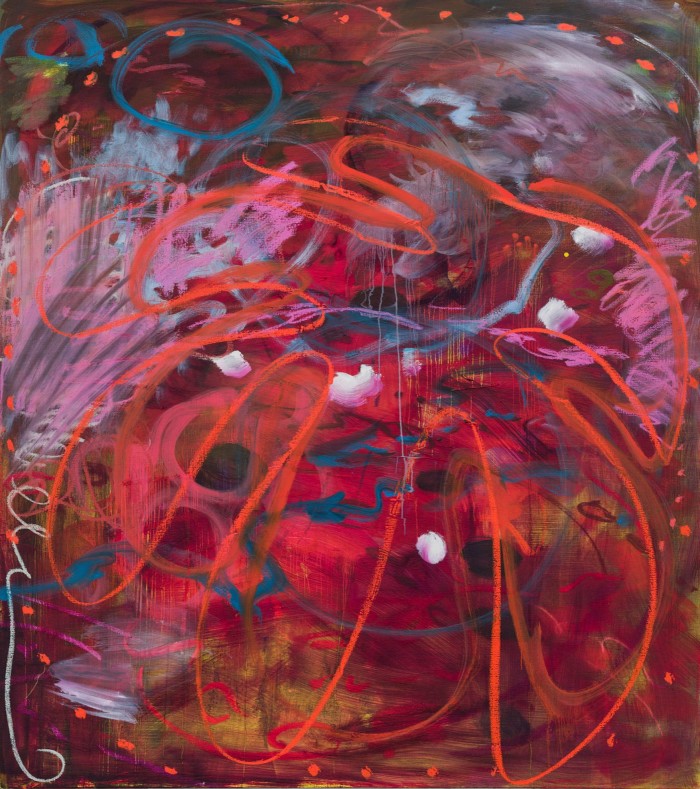
For Frame, galleries less than 10 years old apply with proposals for single-artist presentations typically featuring work yet to be seen on an international stage. Mörner and her co-adviser Olivia Barrett, the founding director of Los Angeles gallery Château Shatto, combed through applications to make a selection that felt balanced to them before coming to final decisions in concert with Frieze’s larger advisory committee.
This year, the 11 galleries taking part in Frame — three showing at Frieze New York for the first time — hail from New York City, Los Angeles, Shanghai, São Paulo, Bogotá, Tehran and Paris. Painting has a strong presence: several are presenting work made predominantly or solely in the medium, on themes ranging from the remixing of diverse cultural material to the destabilisation of the act of looking itself.
Lubov Gallery will present four surreal sculptures by Marsha Pels, including an unnerving arrangement of 20 casts of Pels’s arms nestled within her late mother’s mink coat, while Lomex Gallery will display a group of paintings by Kye Christensen-Knowles, whose distinctive aesthetic is influenced by areas of culture as disparate as science fiction and the Renaissance. Instituto de Visión, a gallery with a focus on conceptual art, will exhibit sculpture, painting and video challenging western systems of thought by interdisciplinary artist Tania Candiani.
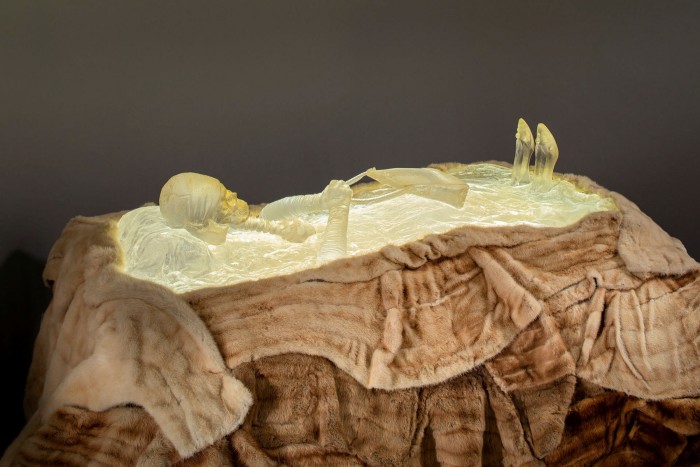
“Between the cost of travel and participation, art fairs can be very expensive,” says Mörner. “Frame makes the fair more affordable for these galleries so they can exhibit artists that are earlier in their careers without losing a lot of money.” She adds that the section is seen as a “temperature reading of what is happening in the young art gallery world”.
As advisers to Frame, Mörner and Barrett are both required to present their own gallery booths. The booth of Mörner’s gallery, Company, which moved last year from Chinatown to a 4,000-square-foot former dry goods warehouse on the Lower East Side, will be overtaken by an immersive sculptural installation by Cajsa von Zeipel, one of the gallery’s first artists and now Mörner’s wife. It features an orgy of larger-than-life femme figures made from silicone, who bear photographic gear and vibrators in lieu of fingers and toes; a video with alliterative dialogue will be projected from one of the figures’ knees.
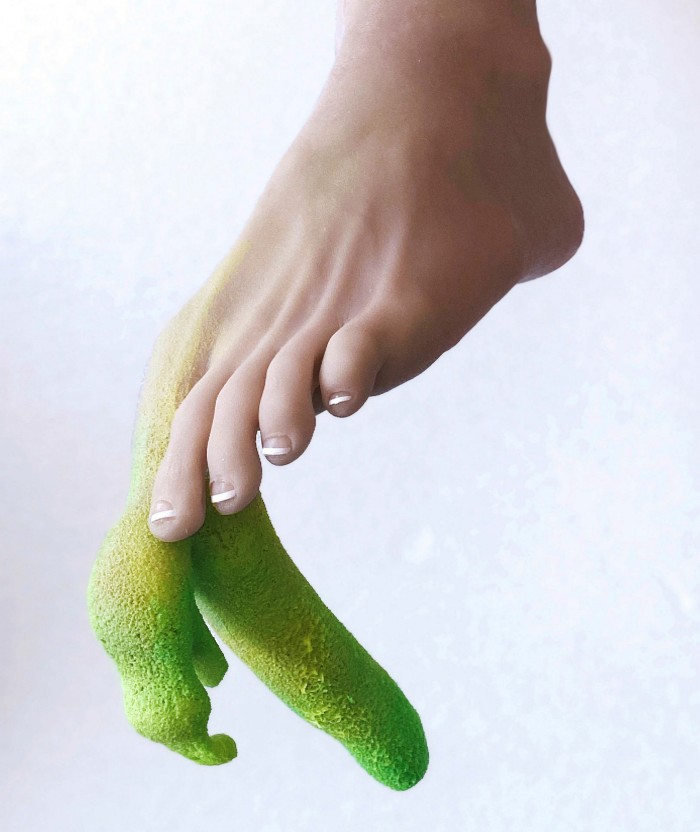
The installation will explore shifts within the artist’s own practice as her materials change while charting evolutions she has witnessed in the larger dialogue around queerness, sexuality and technology. “An intertwined ball of nude bodies is a funny thing to present at an art fair,” says von Zeipel. “I wanted to work against the nature of an art fair or approach it as an interesting constraint. I’m certainly giving Sophie and Taylor [Trabulus, partner in Company] a challenge.”
Company is participating in four art fairs this year, including its third turn at Frieze. Mörner and Trabulus say that fairs’ commercial bent doesn’t cramp their style — particularly because Company tends to do single-artist booths, which can function as abbreviated exhibitions. “We’re a commercial gallery, but this is about more than putting on shows, going to art fairs and selling inventory — this is about nurturing careers,” Mörner says, citing Company’s support for non-traditional or challenging undertakings by its artists, including feature films, fashion shows and musical albums.
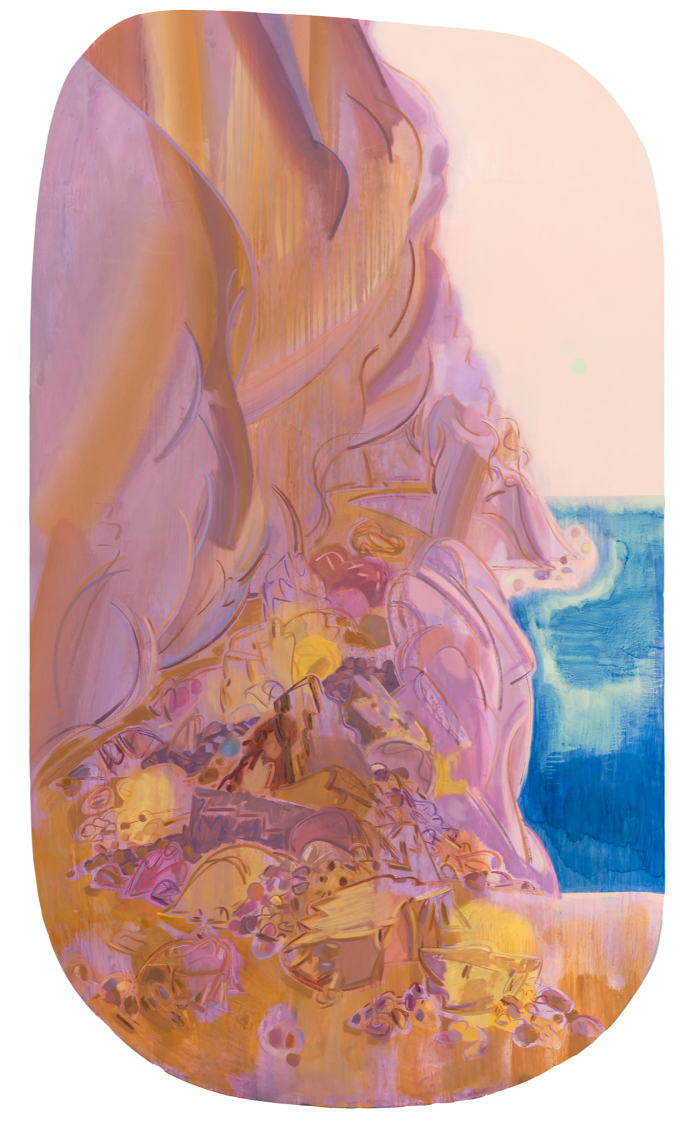
Representing artists is not simple in such a dynamic, often money-driven world. “You can create systems within systems that make space,” Mörner says. “We have managed to listen to our artists and their needs. Simple gestures like asking, ‘What do you want?’ or ‘Where do you want to be?’ Our longtime artists think this is normal, but artists who join us later in their careers tend to be surprised.”
Coinciding with Frieze, Company’s gallery space will feature exhibitions devoted to Raúl de Nieves, a Mexican-born artist who melds the material of queer club culture with religious excess, and the Women’s History Museum, a New York-based artist duo working at the nexus of fashion and museology. As it has grown its roster, Company has garnered a reputation for focusing on queer and women artists. But Mörner and Trabulus aren’t approaching queerness in any narrow identity-based way; it’s more of an ethos. “I never stated that Capricious [Magazine] was all female photographers, even though nearly every issue was 90 per cent women,” says Mörner. “I don’t like being compartmentalised.”
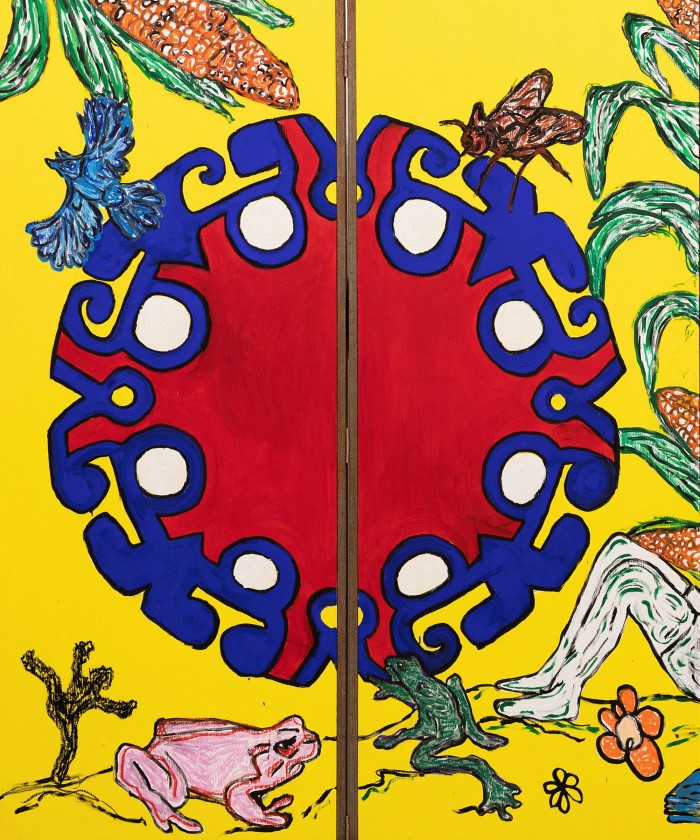
“Akin to our rejection of the ‘box’ model of a gallery, neither one of us likes being told what we are or what we can do,” adds Trabulus. “A lot of our artists have that same energy. More than anything, we’re drawn to artists who offer a more fabulous version of reality — which is of course totally in line with queerness.”
It’s not all fabulous immersive art for Mörner, though. Before we meet, she has been training horses, a longtime passion for which she commutes an hour and a half outside the city on a regular basis. “If I start micromanaging at work, my team will say, ‘Sophie, have you seen your horses lately?’” she laughs. “I’m the best version of myself when I get to be around animals.”
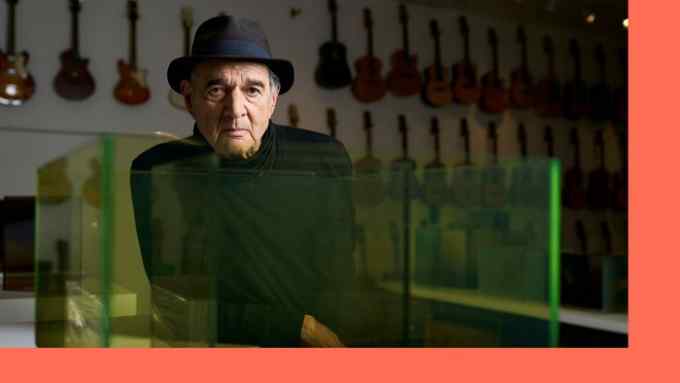
Comments